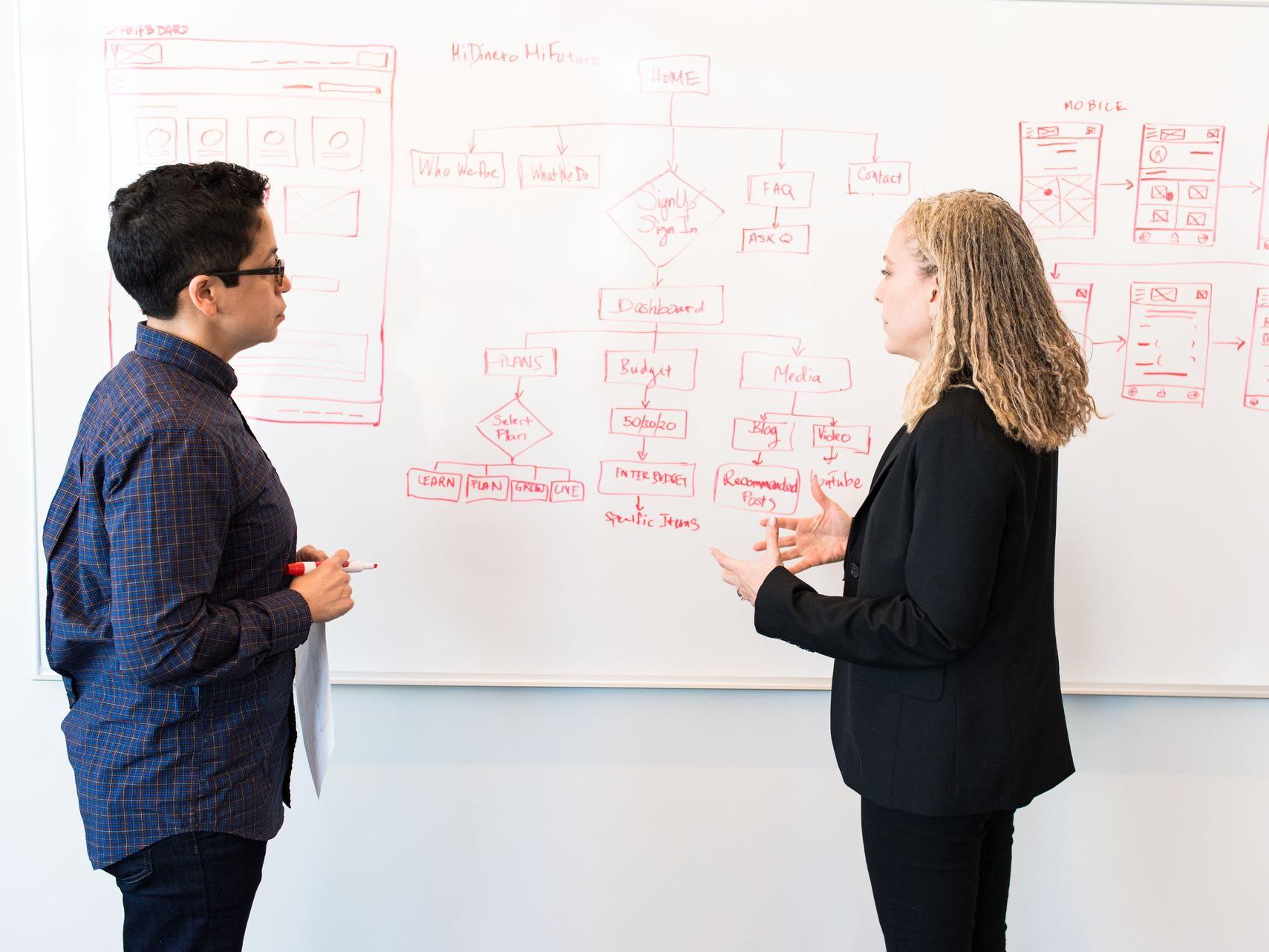
Project Overview
The TrackFit project aimed to develop a smartwatch app that helps users monitor their heart rate during workouts. The app would notify users on their smartwatch when their heart rate exceeded the recommended zone for their selected activity.
Problem Statement
Many individuals engage in physical activities without adequate monitoring of their heart rate, which can lead to overexertion or inefficient workouts. The lack of real-time heart rate feedback poses potential health risks and prevents users from optimizing their exercise routines.


Goals and Objectives
The primary goals of the website project were as follows:
- Develop an Android smartwatch app to capture the wearer's heart rate.
- Create a companion Android mobile app for processing heart rate data.
- Implement an alert system to notify users if their heart rate is out of the recommended zone for their chosen activity.
Research and Planning
- Conducted a literature review on heart rate monitoring, wearable technology, and mobile app development.
- Analyzed existing heart rate monitoring apps and devices to identify
strengths and weaknesses. - Defined the target user personas, including fitness enthusiasts, beginners, and individuals with specific health goals.
- Created a project plan outlining development phases, milestones, and deadlines.

Design and Development Process
Requirements Gathering: Collaborated with potential users to understand their needs and expectations.
UI/UX Design: Created wireframes and prototypes for both the smartwatch app and mobile app to ensure a user-friendly interface.
Smartwatch App Development: Utilized Android Studio and the Wear OS SDK to develop the app capable of real-time heart rate tracking.
Mobile App Development: Developed the companion app to receive heart rate data, process it based on user profiles and activity types, and trigger alerts.
Integration: Established communication between the smartwatch app and the mobile app using Bluetooth technology.
Alert System: Implemented an algorithm to determine heart rate zones and notify users accordingly.
Challenges and Solutions
Communication Challenges: During the course of the project, maintaining consistent and effective communication within the team presented a challenge. With academic commitments and varying schedules, coordinating meetings and updates proved to be difficult.
Solutions:
- Communication Plan: Established a structured communication plan at the project's onset, outlining regular meeting times, preferred communication channels, and individual responsibilities.
- Collaboration Tools: Utilized online collaboration tools such as Slack and Google Workspace to share progress updates, discuss challenges, and seek assistance asynchronously.
- Weekly Standups: Held weekly virtual standup meetings to provide updates, address roadblocks, and ensure everyone was aligned on the project's direction.
Algorithm and Battery Drain Challenges: Developing an algorithm to capture and process heart rate data on the companion app while minimizing battery consumption presented a technical challenge. A resource-intensive algorithm could potentially degrade the user experience and reduce the overall battery life of the smartwatch.
Solutions:
- Algorithm Optimization: Collaborated with mentors and consulted relevant literature to optimize the heart rate processing algorithm, focusing on reducing computational complexity.
- Data Batching: Implemented a data batching strategy to collect and process heart rate data in chunks, reducing the frequency of resource-intensive computations.
- Energy Efficiency Testing: Utilized battery profiling tools to measure the app's impact on battery life, allowing for iterative refinement of the algorithm to strike a balance between accuracy and energy consumption.
Nervousness with Final Presentation: As the project approached its conclusion, apprehension and nervousness regarding the final presentation in front of teammates, class members, and faculty staff became a personal challenge.
Solutions:
- Preparation: Dedicated ample time to rehearse and refine the presentation, focusing on clear articulation of key project aspects, achievements, challenges, and solutions.
- Mock Presentations: Organized mock presentation sessions with peers and mentors to receive constructive feedback and build confidence.
- Positive Mindset: Practiced mindfulness techniques to manage nervousness, focusing on the opportunity to showcase the hard work and dedication invested in the project.
By addressing these challenges, the TrackFit project demonstrated the ability to adapt to unforeseen hurdles, collaborate effectively despite communication constraints, optimize algorithms for efficiency, and manage personal apprehension in high-stakes situations. These experiences enriched the learning journey and provided valuable insights into the practical aspects of project management, teamwork, and technical problem-solving.
Results and Impact
- Successfully developed a functional smartwatch app that accurately captured and transmitted heart rate data.
- Implemented a responsive mobile app that processed heart rate data and delivered timely alerts to users.
- Conducted user testing sessions, receiving positive feedback on the app's usability and effectiveness in improving workout safety.


Learnings and Reflections
- Technical Skills: Strengthened proficiency in Android app development, Bluetooth communication, and data processing algorithms.
- Project Management: Gained experience in project planning, task management, and adhering to milestones.
- User-Centric Design: Recognized the importance of involving end-users throughout the design and development process.
- Problem-Solving: Learned to tackle technical challenges systematically and collaboratively.